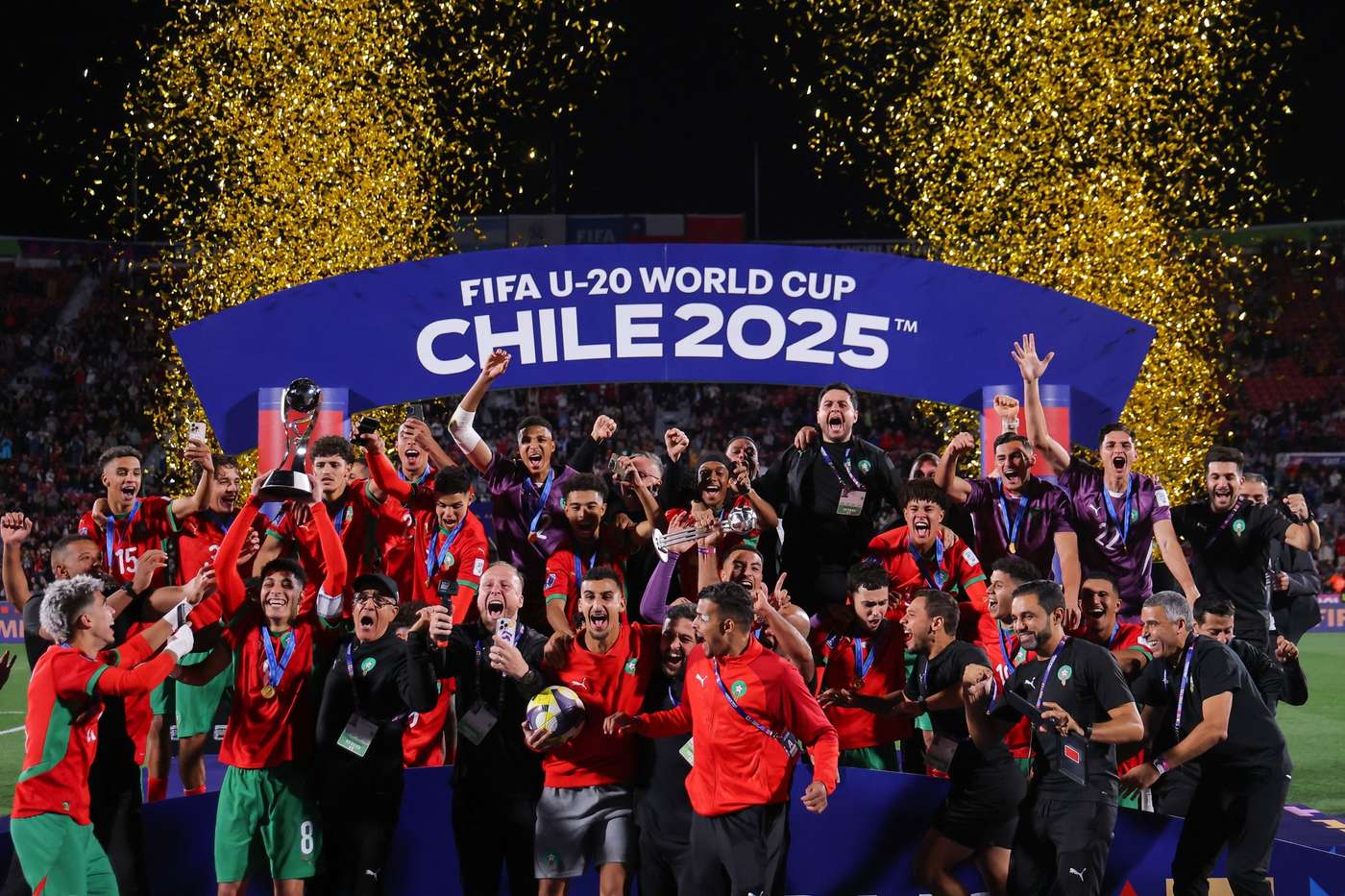From Doha to Chile: Morocco's Free-Training Factory Behind a Golden Football Era
22 October 2025

Qatar 2022: The semi-final breakthrough
Morocco’s senior team stunned the world in winter 2022 by reaching the FIFA World Cup semi-finals in Qatar—the first Arab and African side to do so. They topped a daunting group that included Belgium, Croatia, and Canada, with a draw against Croatia and wins over Belgium and Canada. The knockout rounds then showcased a tactically disciplined display, including a goalless draw and a 3-0 penalty win over Spain.
In the quarterfinal, a solitary goal by Youssef En-Nesyri, a product of the Mohammed VI Academy, sent Morocco to the historic victory over Portugal and the first African-Arab semi-final appearance. The journey ended in the semi-final against the defending champions France (0-2) and ended with a third-place loss to Croatia (1-2). The achievement made Morocco the third team outside Europe or South America to reach the semi-finals, and it helped lift the nation to 11th in the FIFA rankings.
Chile 2025: The first Arab world title
Three years later, Morocco’s under-20 squad claimed an unprecedented global title—the first FIFA World Cup crown won by an Arab nation in any age category. The final in Chile saw Yasser Zabiri, a Mohammed VI Academy alumnus, score in the 12th and 29th minutes to seal a victory over Argentina.
The path to the title was a stellar campaign: the youth team defeated Spain and Brazil in the group stage, then eliminated Korea and the United States in the knockout rounds, before overcoming France in the semi-finals on penalties (avenging the 2022 heartbreak) and finally Argentina in the final. Award-wise, Othman Oma (Watford) won the Golden Ball as the tournament’s best player after scoring once and laying on four assists, while Zabiri earned the Silver Ball as the second-best player. Five academy graduates featured prominently in the World Cup-winning squad: Zabiri, Yassine Khalifi, Fouad Zahwani, Hossam Essadak, and Hamza Koton, all forged in Sla, Morocco.
The academy: a blueprint for the future
Behind this string of triumphs stands a bold royal strategy anchored by the Mohammed VI Academy. Launched in 2009 by King Mohammed VI and officially opened in 2010 in Salé, the project represents a 140-million-dirham investment and spans 2.5 square kilometers built around a traditional Moroccan circular layout with a central plaza and five surrounding buildings.
Its infrastructure includes 10 FIFA-standard pitches, a medical and athletic complex, a five-star residential academy, an internal school, fitness and recreation facilities, a mosque, and a conference hall. FIFA hailed the academy as a “jewel of Moroccan football,” while L’Equipe highlighted it among the world’s best academies alongside La Masia and Clairefontaine. The program is free and scouting networks reach across Morocco, with a rigorous 25-criterion evaluation across five domains, followed by 500 hours of yearly training for ten years (totaling 5,000 hours). Training unfolds in three stages: pre-formation (12–14), specialization (14–16), and professional preparation (16–18).
From Salé to global glory, three players from the academy were pivotal in Qatar 2022, including En-Nesyri (a forward who joined the academy in 2011 and later became one of the top scorers for Arabs in two World Cups), Azeddine Onahi (Marseille, a midfield standout praised by top managers after facing Spain), and Nayef Aguerd (West Ham, a solid foundation in defense).
The five academy graduates in the youth World Cup-winning squad—Zabiri, Khalifi, Zahwani, Essadak, and Koton—demonstrate how the academy’s homegrown talents could shape Morocco’s football narrative for years to come. The broader strategy also includes a network of scouts and cooperation with European clubs to attract dual-national talents. Lekjaa’s plan emphasizes a long-term pipeline rather than quick fixes, a philosophy that turns the proverbial water into wine with a bit of Moroccan patience and a lot of coffee.
The future looks bright: Morocco qualified for the 2026 World Cup in the United States as the first African nation to do so and will co-host the 2030 World Cup with Spain and Portugal. The youth side’s value has jumped to around €11.08 million, with Zabiri valued at about €0.6 million, En-Nesyri’s teammate Oma at roughly €1.3 million, Khalifi around €4.4 million, and expectation that these figures will rise as European clubs chase Moroccan talent. Lekjaa’s message to the U-17s heading to their World Cup is clear: the era of merely participating is over; now the team must compete for the trophy. The BBC has described the Mohammed VI Academy as the embodiment of the royal vision at the heart of Morocco’s ascent in football, turning a dream into a reality that now rivals Europe.
From the 2022 semi-final to Chile’s 2025 gold, Morocco’s story is a blueprint for Arab and African football: a project grounded in planning, investment, and relentless work. The academy has turned a national aspiration into global momentum, and the world is watching as Morocco aims to write the next chapter on the world stage.
Punchline time: If talent were a weapon, Morocco’s academy would be a fully automatic rifle—precision, speed, and a spare magazine of surprises. And if patience were a sport, we’d still be training for the World Cup finals in two more Olympics—so yes, Morocco has mastered long-term planning with the efficiency of a well-tuned engine. Punchline encore: the only thing more predictable than a Moroccan academy graduate is the next trophy they’ll win—call it a royal warranty with universal service intervals.



